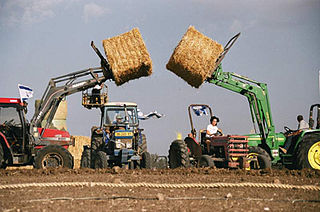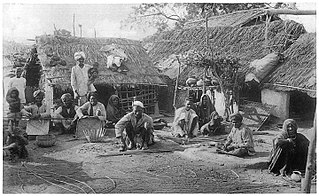This article needs additional citations for verification .(February 2019) (Learn how and when to remove this template message) |
| Part of the series on |
| Ayyavazhi |
|---|
 |
Related systems |
According to Akilattirattu Ammanai, for ten months, Ayya Vaikundar revealed to the people all about the past, present, and future in the form of songs. He sang definitively about the future. Some of those who heard him, took his words as meaningless mutterings. Vaikundar, realising that forbearance and fortitude were the essential virtues needed in his project of transforming the world, becalmed himself and performed the Tavam (Meditation). Having justice in his breath, the thought of mercy in his mind, and renouncing the desires of the body and containing the tendencies of his ego, Vaikundar performed the Tavam concentrating totally on the commands he had received from his father. His appearance was squalid, with holy ashes smeared on him, and the long unkempt hair flowing in the air.

Lord Ayya Vaikundar, is believed to be the tenth avatar or incarnation of Lord Vishnu, also called as Sriman Narayana Vaikundasamy or Narayana Pandaram, was a 19th-century social reformer and iconoclast who worked for the upliftment of downtrodden people in the Kingdom of Travancore. He is central to the Hindu denomination of Ayyavazhi, as per holy scripture. Akilattirattu Ammanai says that he was Lord Vishnu. In order to attain human form, Lord Vishnu used the body of previous avatar for the incarnation of Lord Ayya Vaikundar, kept in Parvatha Ucchi Malai after the completion of the Lord Krishna Avatar. In order to attain natural growth of the human body, Lord Vishnu used the soul of Sampooranathevan a deva also called Mudisoodum Perumal, he was granted moksha before the Lord Ayya Vaikundar Avathar in the sea.

This tavam was so effective that it surpassed the Tavam undertaken even by Isvaran previously. He undertook to perform a six-year tavam, divided into three phases, for three different causes.

Sivan is the ninth month of the civil year and the third month of the ecclesiastical year on the Hebrew calendar. It is a spring month of 30 days. Sivan usually falls in May–June on the Gregorian calendar.
- First phase for the dawn of Dharma Yukam
- Second phase the abolition of caste discrimination
- Third phase for the well being of his predecessors and for the Seven Virgins

Dharma Yukam is the state of absolute bliss as per Ayyavazhi mythology. Dharma Yukam is described in the Akilam seventeen in Akilattirattu Ammanai. It is related to Dharmic moksha and to Abrahamic heaven.

Caste is a form of social stratification characterized by endogamy, hereditary transmission of a style of life which often includes an occupation, ritual status in a hierarchy, and customary social interaction and exclusion based on cultural notions of purity and pollution. Its paradigmatic ethnographic example is the division of India's Hindu society into rigid social groups, with roots in India's ancient history and persisting to the present time. However, the economic significance of the caste system in India has been declining as a result of urbanization and affirmative action programs. A subject of much scholarship by sociologists and anthropologists, the Hindu caste system is sometimes used as an analogical basis for the study of caste-like social divisions existing outside Hinduism and India. The term "caste" is also applied to morphological groupings in female populations of ants and bees.
Within these six years, a great multitude of people - old and young, men and women- came to him from all directions. They all gathered there as one humanity, as children of a single parentage without any discrimination on the basis of might or caste. Vaikundar cured the sick, blessed those without progeny to have with offspring, made the dumb speak, the blind see, and rooted out the curses that had been engulfing the people. Whoever came and experienced him exclaimed that God Almighty had come among the people. Seeing the multitude of people coming together as children of one family, and, drinking from the same well and dining in one place, the learned persons surmised that what had been said in the Akamankal - was coming true.

